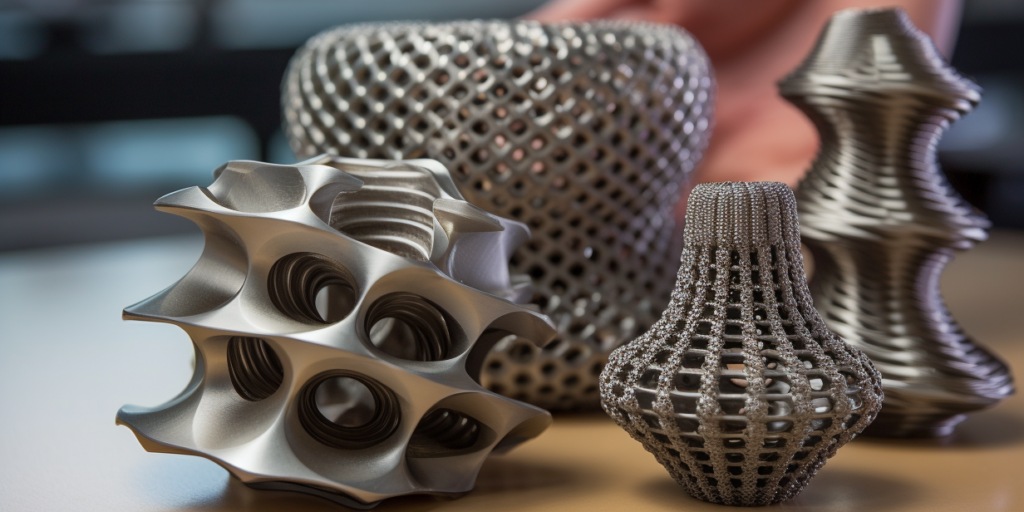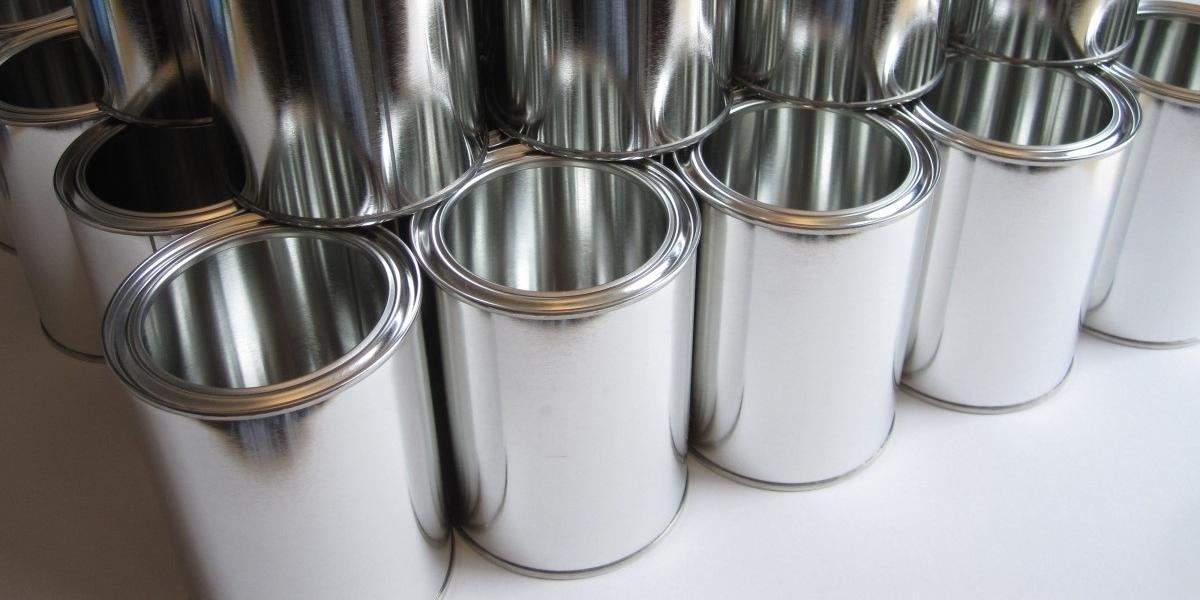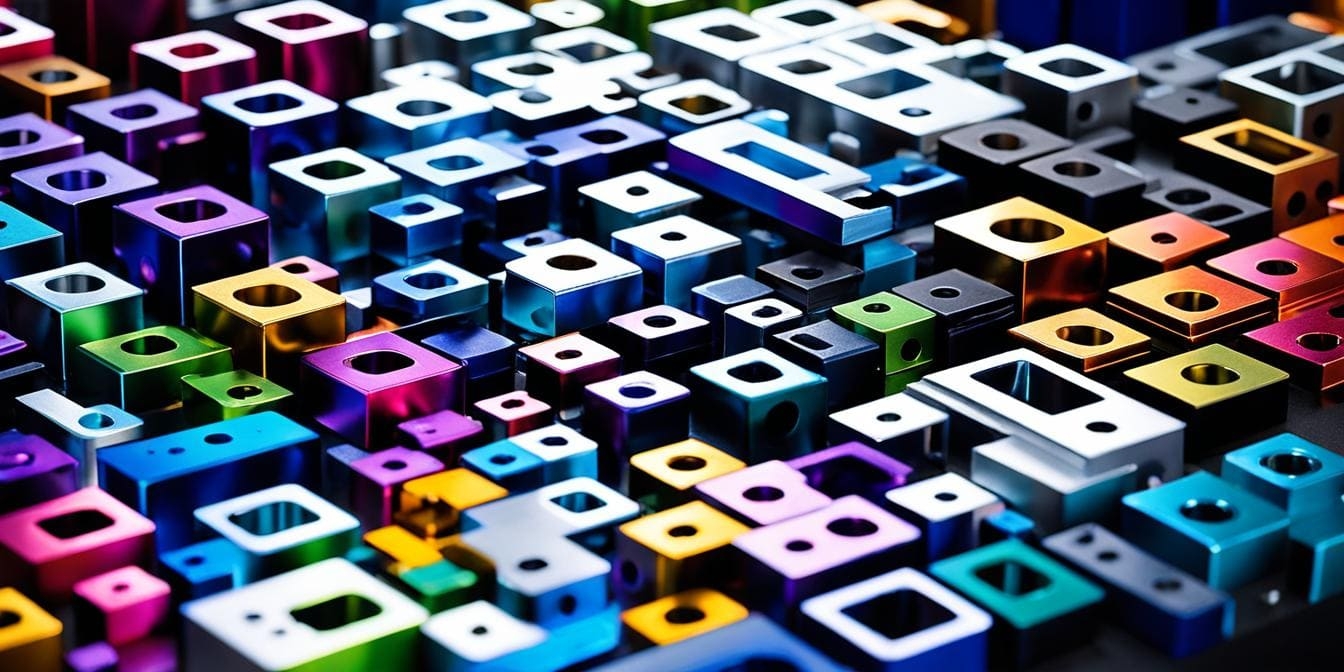
Titanium 3D printing represents an advancement in metal additive manufacturing, enabling the production of lightweight, high-strength parts with complex geometries that are difficult or even impossible to achieve using traditional methods.
At Xmake, we offer professional titanium 3D printing services with instant online quoting and expert support for prototyping and production.
Properties of Titanium Alloy (Ti 6-4)
Titanium is a cornerstone material for industries that demand both durability and performance under extreme conditions. Its value in 3D printing stems directly from its remarkable balance of strength, weight, and environmental resistance.
Mechanical Strength
Titanium’s appeal starts with its exceptional strength-to-weight ratio. With a density of just 4.50 g/cm³, titanium is significantly lighter than steel while delivering comparable tensile strength, around 1200 MPa, depending on processing and alloying. The yield strength is around 880 MPa, indicating titanium’s impressive resistance to permanent deformation.
This combination makes it an ideal candidate for load-bearing components in applications where both weight and structural integrity are critical, such as aerospace frames and motorsport components.
Thermal Performance
Titanium’s behavior under heat is a defining factor in its suitability for demanding environments. Although its elastic modulus is around 110 GPa, slightly lower than that of steel, this allows for some degree of flexibility, which can be beneficial in vibration-prone settings.
Its thermal conductivity, approximately 6.7 W/m·K, is relatively low, which means it doesn’t dissipate heat as quickly as other metals like aluminum or copper. Titanium has a melting point of 1,668°C, making it ideal for high-temperature applications, including jet engine parts and heat shields.
Environmental Resistance
In terms of long-term reliability, titanium offers superior corrosion resistance, particularly in aggressive environments such as marine or chemical processing applications. Its biocompatibility is another standout trait.
Titanium is non-toxic and integrates well with human tissue, making it the gold standard for medical implants. Furthermore, its fatigue resistance ensures stable performance under repetitive mechanical stress, which is crucial in safety-critical components like aircraft structures and orthopedic devices.
Titanium 3D Printing: Pros and Cons
Titanium 3D printing opens up new engineering possibilities by combining the benefits of advanced materials with the freedom of additive manufacturing. However, like any manufacturing method, it comes with its own trade-offs.
Advantages of Titanium 3D Printing
- High strength-to-weight ratio: Ideal for lightweight structural parts without compromising strength.
- Excellent corrosion resistance: Suitable for marine, chemical, and medical environments.
- Complex geometry freedom: Enables internal channels, lattice structures, and topology-optimized designs.
- Material efficiency: Additive process minimizes waste, especially important for expensive metals like titanium.
- Biocompatibility: Widely accepted in surgical and dental implants due to its non-toxic, non-reactive nature.
- Reduced lead times: Particularly for custom parts or low-volume production.
Disadvantages of Titanium 3D Printing
- High material and machine costs: Titanium powder and the equipment required are expensive.
- Challenging post-processing: Requires support removal, surface finishing, and sometimes heat treatment (e.g., HIP).
- Limited build size and speed: Not suitable for very large parts or high-throughput production.
- Design constraints remain: Despite design freedom, overhangs and thin walls still require careful planning.
- Powder handling complexity: Titanium powder is reactive and must be managed in controlled environments.
While titanium 3D printing is not a one-size-fits-all solution, it excels in projects where performance, precision, and customization outweigh initial cost and processing complexity.
Applications of Titanium 3D Printing
Titanium 3D printing has become a critical manufacturing approach in industries where weight reduction, mechanical strength, and corrosion resistance are non-negotiable. The most notable adopters include the aerospace and marine sectors, and design complexity can directly impact performance.
In many cases, 3D-printed titanium is not just used for secondary components, but for mission-critical, load-bearing, and high-performance parts.
Below are key application examples across industries:
✈ Aerospace Industry
- Jet engine brackets – Main structural components, optimized for strength while reducing weight.
- Satellite mounts and antenna supports – Secondary parts; benefit from complex geometry and minimal mass.
- UAV (drone) frames and joints – Main components; require both rigidity and low weight for flight stability.
- Fuel system manifolds – Critical functional parts; 3D printing enables integrated channels and leak-tight structures.
- Spacecraft heat exchangers – Secondary yet performance-critical parts; benefit from titanium’s thermal stability.
⚓ Marine and Offshore Engineering
- Underwater housings for sensors and electronics – Main enclosures; rely on titanium’s corrosion resistance in saltwater.
- Hydraulic system components – Secondary parts, exposed to high pressure and chemical environments.
- Propulsion components and impellers – Main rotating parts; require strength and durability under cyclic loads.
- Subsea brackets and mounting fixtures – Structural and secondary roles; need long-term material stability.
Other Notable Fields
- Medical implants (hip joints, spinal cages) – Main biomedical components; 3D printing enables patient-specific customization.
- Motorsport parts (suspension brackets, steering knuckles) – Main structural parts; benefit from reduced unsprung mass.
- Defense applications (personal armor, weapon system mounts) – Varied roles; critical in weight-sensitive military platforms.
The ability to design and manufacture complex titanium parts with minimal waste and superior material properties is redefining engineering standards across these fields. It is no longer a futuristic option; it is a strategic tool in high-performance manufacturing.
3D Printing Titanium Design Guide
Designing for titanium 3D printing requires careful attention to geometry, support strategy, and material behavior.
- Overhangs greater than 45°, thin walls below 1 mm, and large solid volumes can lead to warping or poor surface quality due to thermal stress.
- It’s essential to orient parts to minimize support needs and optimize load-bearing strength along the build direction.
- Incorporating rounded edges, uniform wall thicknesses, and internal structures like lattices can help reduce stress concentration and build failures.
- Another key factor is post-processing. Titanium prints often require machining for tight tolerances and smoother finishes, so designers should leave extra stock on critical surfaces.
- Part consolidation is also encouraged, merging components into a single print reduces assembly time and weight, but access for inspection and maintenance must be considered.
- Successful titanium printing balances creative design freedom with the process’s physical and thermal constraints.
Titanium 3D Printing Cost
When evaluating the titanium price in 3d printing, it’s important to distinguish between the cost of the raw material and the total cost of a 3D-printed titanium part.
Titanium alloys such as Ti-6Al-4V cost around $30–$40 per kilogram in powder form, significantly higher than bulk bar stock used in machining. This premium reflects the stringent quality, particle size control, and spherical morphology required for consistent powder-bed fusion.
However, the titanium 3D printing cost extends far beyond just the material. It includes machine time, support removal, post-processing (e.g., heat treatment, machining, surface finishing), and quality assurance. For small or complex parts, 3D printing can actually be more cost-efficient than CNC machining due to reduced material waste and part consolidation.
But for large, simple geometries, traditional manufacturing may still offer lower costs per unit. In general, 3D-printed titanium parts often fall in the range of $10 to $200 per part, depending on size, geometry, and quantity.
Titanium 3D Printing Services
At Xmake, we provide end-to-end titanium 3D printing services for both prototyping and production. With access to industrial-grade DMLS and SLM machines, we support custom parts made from aerospace-grade Ti-6Al-4V powder, along with expert guidance on design and manufacturability.
The instant online quoting system ensures rapid turnaround and pricing transparency, helping engineers and buyers bring complex titanium components to market faster and with confidence.
Final Thought
Titanium 3D printing offers a unique combination of strength, precision, and design flexibility, making it ideal for high-performance and highly customized applications.
Although it involves higher costs compared to conventional methods, the long-term value it delivers often outweighs the investment. As additive manufacturing continues to evolve, titanium remains a key material driving innovation across industries.
FAQs
1. Can titanium be 3D printed?
Yes, titanium can be 3D printed using advanced metal additive manufacturing technologies such as DMLS (Direct Metal Laser Sintering) and EBM (Electron Beam Melting). Ti-6Al-4V is the most commonly used alloy, offering high strength, low weight, and excellent corrosion resistance, making it ideal for aerospace, medical, and industrial applications.
2. Is 3D printing titanium expensive?
Yes, 3D printing titanium is generally more expensive than printing with plastics or even other metals. The high cost comes from the price of titanium powder, machine operation, post-processing, and strict quality controls. However, it can still be cost-effective for complex, low-volume, or high-performance parts due to reduced material waste and assembly time.
3. What's the strongest material you can 3D print?
Titanium alloys, especially Ti6Al4V, are among the strongest materials available for 3D printing, offering tensile strengths over 900 MPa. However, other contenders for strength include tool steels (like maraging steel) and certain nickel-based superalloys, depending on the specific mechanical and thermal requirements of the application.





